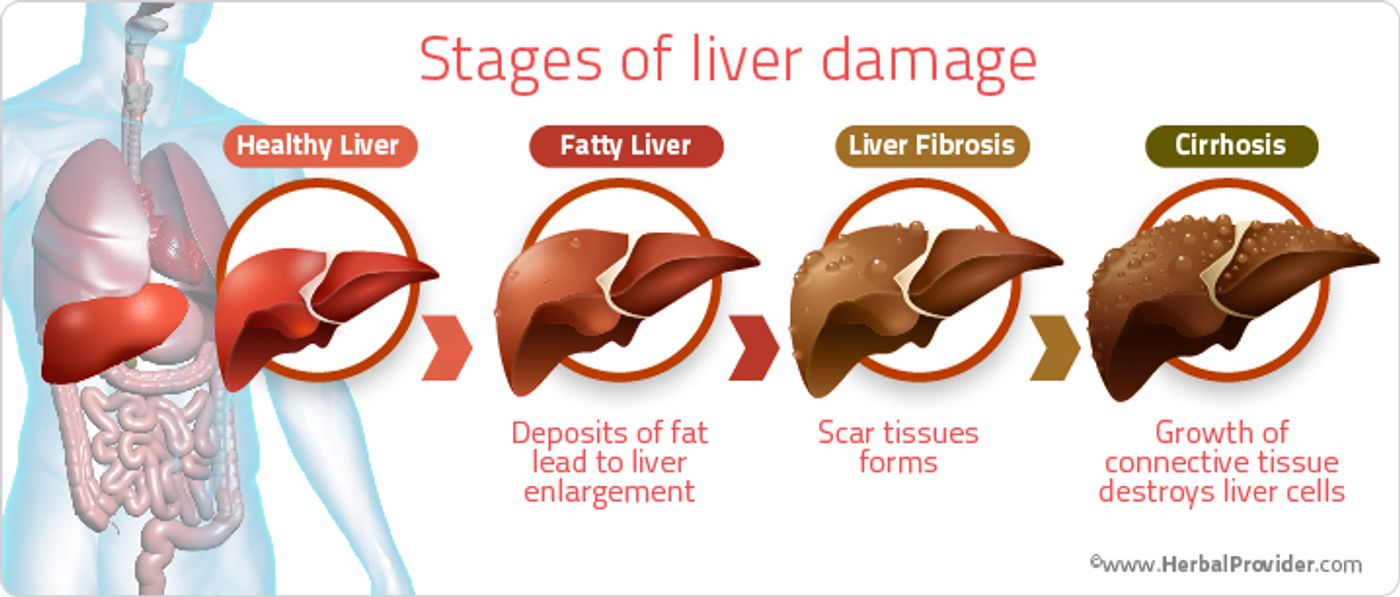Non-alcoholic fatty liver disease (NAFLD) is the most common liver disease in the United States, and a recent study has linked NAFLD to heart failure in obese patients (
Therapeutics and Clinical Risk Management).
NAFLD develops as result of an unhealthy imbalance of fat uptake and fat export, affecting 30 percent of the general population and about 80 percent of obese people and people with type 2 diabetes (
Therapeutics and Clinical Risk Management). Treatment options for NAFLD revolve around weight loss, with pharmacologic therapy as an option for targeting insulin resistance in diabetes patients.
Weight loss can be difficult to achieve, though. Results from a recent study published in
Radiology by a team from Leiden University Medical Center in the Netherlands showed that obese people at risk for NAFLD are similarly at risk for heart failure from diastolic dysfunction, which can increase exercise intolerance. Ventricular diastole is the phase of the heart beat where the ventricles relax to fill with blood. Without exercise, NAFLD/heart failure patients who desperately need to burn calories are much more likely to see their health problems exacerbated.
Using a non-invasive, ionizing, and radiation-free imaging technique called proton magnetic resonance spectroscopy, the team from Leiden University measured “hepatic triglyceride content,” or fat in the liver (
American Journal of Neuroradiology). They compared these measurements to left ventricular diastolic function, which was obtained with a cardiac MRI. The team collected data from 714 male and female participants with an average age of 55. About half of the participants were overweight, and about a tenth were obese.
"One of the unique aspects of our study is that we took all of the individual components of the metabolic syndrome into account as possible confounders in this association, as the metabolic syndrome is associated with NAFLD and with cardiovascular disease," said study lead author Ralph L. Widya, M.D. Metabolic syndrome is a group of symptoms and risk factors relating to stroke and heart disease (
NIH).
In the small percentage of participants who were obese, results showed the most drastic increase in hepatic triglyceride content paired with a decrease in mean left ventricular diastolic function. This dangerous duo of characteristics creates a struggle for improving quality of life for these types of patients, but clearly identifying the relationship in this study also provides medical professionals with more information to prevent and treat these conditions.
"Our results may be of importance in cardiovascular risk stratification in obesity, because there is a large variation in the degree of [NAFLD] in obesity," Widya said. "Also, more emphasis should be put on dietary interventions to reduce or prevent [NAFLD]."
Source:
Radiological Society of North America









